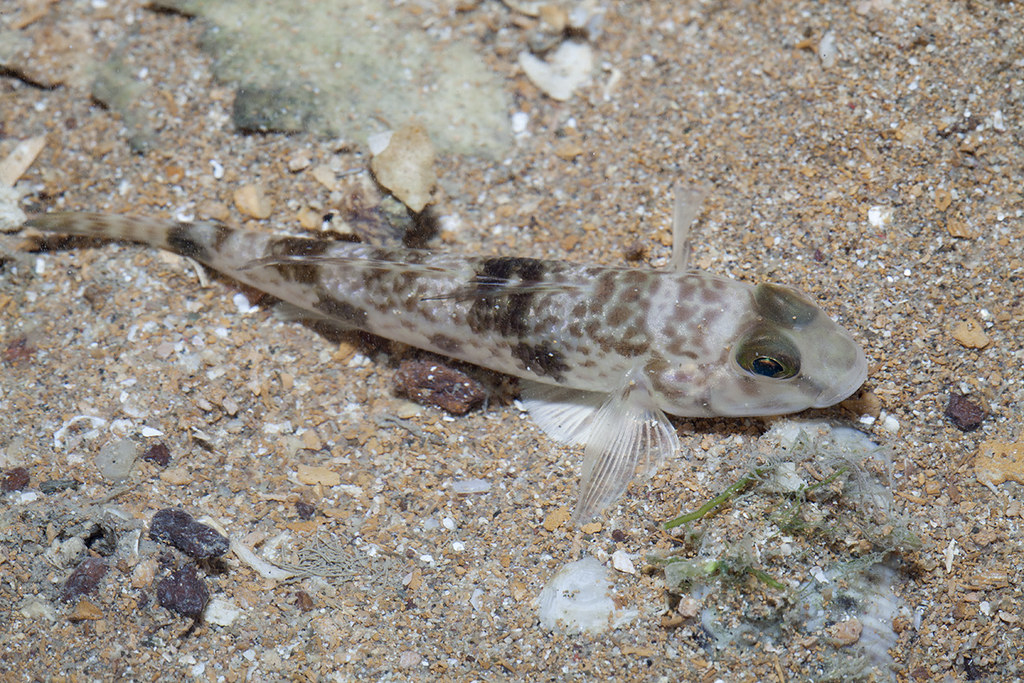Fish species in the Severn Estuary
The fish community within the Severn Estuary and further west to Bridgwater Bay is diverse and rich, with over 100 different species living and feeding in the area. Some may be accidental marine visitors, swimming upstream from the sea, including basking shark and sunfish. Other fish are inadvertently swept downstream from rivers, exploring the estuarine environment. Many fish within the Estuary migrate, moving in waves up and down the Estuary, depending on the season. In fact, the Severn Estuary has the most diverse range of fish species in the UK and is one of the most important nursery sites in Britain!
The different fish species in the Estuary range from the common to the extremely rare. Common species known to thrive in the Estuary today are river lamprey, twaite shad, sprat, herring and the common goby. Rare species not often observed in the Estuary include the anchovy, John Dory, crucian carp, silver bream and the sea lamprey.
Fish species may be categorised by lifecycle (see below). The most common and numerous types of species are the marine-estuarine opportunists. These fish migrate to the Estuary at certain points in their life cycle, for example, their spawning season. Other categories include marine and freshwater species which stray into the Estuary, as well as completely estuarine dwelling fish.

Life-cycle characteristics
Fish may move up and down the Estuary with the changing tides and seasons, to chase food sources and search for nursery grounds. Some fish, despite being mostly saltwater or freshwater dwelling, can tolerate a wide range of conditions and have different life-cycle characteristics:
- Marine: typically breeding offshore and are generally intolerant of freshwater
- Marine Stragglers: abundant in marine environments but infrequently venture into the Severn Estuary
- Marine Estuarine-Opportunistic: marine species found in large numbers in the Severn Estuary either as juveniles, or as feeding adults
- Freshwater: typically occurring and breeding in fresh water, are intolerant to saltwater
- Estuarine: typically occurring and breeding in estuaries, well-adapted for brackish water
- Anadromous: migrating from the sea into fresh water to breed, e.g. salmon
- Catadromous: migrating from fresh water into the sea to breed, e.g. eel
Fish spawning within the Estuary, is largely limited to the common goby and sand smelt, as most fish specied tend to spawn further out in the Bristol Channel, with their larvae swimming inshore to the more sheltered Estuarine waters. There are many advantages gained by moving further up the estuary. There are fewer predators in the calmer waters, and with more food available, the Estuary is the perfect home for these larvae. During winter months, these juvenile fish migrate seawards in response to reducing temperature and changing salinity (salt concentration in seawater). Once fully grown, some species will live entirely offshore, with others such as bass and cod taking short feeding trips back into the estuary.
This pattern of migration can be seen in sand goby, sole, dab, pout, bass, poor cod, whiting and grey mullet. The glass eel has an especially interesting migration cycle. Glass eel spawn in the Sargasso Sea off the coast of North America and make their way across the Atlantic to Europe. Once the eels reach the Severn Estuary, they migrate by selective tidal transport – the eels are carried by the high and low tides, rather than swimming independently. The high tide prompts the eel to swim upwards, and the low tide encourages the eel to swim downwards. In this way, the eel zigzags into the Estuary within large shoals.
Monitoring fish species and data collection
We are currently updating the content on these web pages to provide you with the latest information and resources. The refreshed pages will be available shortly. Thank you for your patience.
Commercial and recreational fishing
Commercial fishing within the Estuary is relatively rare, with some small catches landed each year.
Recreational fishing, however, is popular within the Severn Estuary. Near Hinkley Point and Minehead Power Stations, codling, flounder, and whiting are commonly found during winter. During summer, plaice, dogfish, and school bass make an appearance. At Brean Down, winter cod and conger eels swim around the headland. Summer months bring large species, such as thornback rays and smooth-hound. To help manage this activity, the Environment Agency sets out guidelines for each type of fish, which is usually non-fishing seasons, catch and size limits. In Wales, this function is undertaken by Welsh Government.
Conservation
The vast diversity of fish species in the Severn Estuary catchment area, especially migratory species, makes the Estuary an important site of conservation. Monitoring and tracking fish species in the Estuary, using techniques such as acoustic telemetry (see Monitoring fish species and data collection paragraph above) provides information to aid in conservation. Protected species include the salmon, sea trout, river lamprey and twaite shad. Recently, the Environment Agency has proposed new legislation to further protect salmon and sea trout stocks in the Severn Estuary and River Severn. These fish are now falling below their Conservation Limit, meaning their numbers need to be restored to sustainable levels. By managing fishing techniques and fishing seasons, the Environment Agency aids in the conservation of fish species. Within Wales, Natural Resources Wales operates a ‘catch and release’ policy on salmon and sea trout fishing.
The Estuary is both a site of Special Scientific Interest (SSSI) and Special Area of Conservation (SAC). It has also been given the international designation of a Ramsar site. For more information, see section on Nature Conservation Designations.
For more information, visit:
Litter Picking Groups

Find out how you can help keep your local beaches, estuaries and bathing waters clean for everyone to enjoy.
 Severn Estuary Partnership
Severn Estuary Partnership